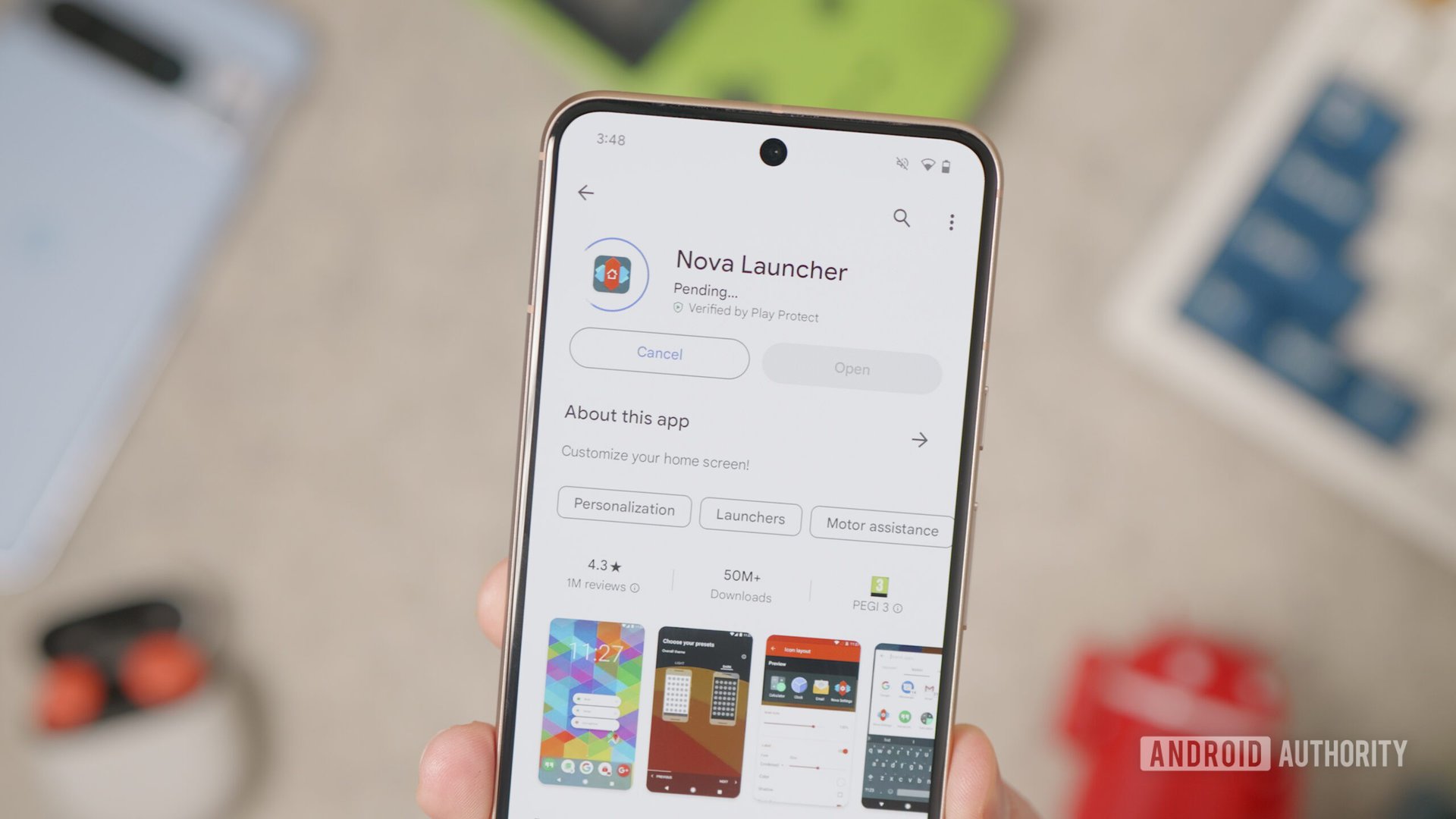For showrunner Luke Matheny and director Yuri Rocha, ‘getting it right’ on certain key visual elements was critical in their 3-part 3DCG adaptation of E.B.White’s classic book about the loving bond between a gentle pig and a wise, selfless spider determined to save his life; now streaming on HBO Max.
Besides Wilbur and Charlotte, the most iconic characters in “Charlotte’s Web” are the webs themselves.
While certainly not sentient, the webs provide a signature and sentimental ingredient that makes E.B.White’s 1952 novel so memorable. So, when it came to adapting “Charlotte’s Web” as a 3DCG animated mini-series for HBO Max, director Yurie Rocha and showrunner Luke Matheny knew getting the webs right was vital. “It sounds like a very simple thing,” says Matheny.“You've seen the illustrations in the book, and it’s like, ‘How hard could it be to make a web?’ But then you look at webs in the real world, and you try to think of how that would actually work in 3D animation.
And it becomes very confusing very quickly, how words written in a web would be legible.There were a lot of problems to solve.” Produced by Guru Studio and Sesame Workshop and now available on HBO Max, the three-part series tells the famed story of friendship, hope, and the power of simple acts of kindness through the bond between Wilbur, a gentle pig, and Charlotte, a wise and selfless spider who vows to save him from the harsh, farm-life fate all pigs face: the dinner table. Check out the trailer: As Charlotte and Wilbur grow closer, the spider creates words in her webs, such as “Some Pig,” “Terrific,” “Radiant,” and “Humble,” all intended to persuade the farmer to spare Wilbur's life.
These words were a way for Charlotte to communicate her feelings and the importance of Wilbur's worth to the Zuckermans.The messages were also a way for Charlotte to express her love and admiration for Wilbur, as well as her dedication to their friendship.Needless to say, if the webs weren’t properly designed, and if the words written in them couldn’t be read, the story would lose its impact. “There was a lot of time spent on testing webs and figuring out how to build them,” shares Rocha.
“Each strand has a point of connection, is thick in some areas, thin in others, has dew drops that form along the edges and the whole thing has to reflect light while also displaying readable words within this transparent web.There was an artist's hand on literally every strand because these webs had to be built out so meticulously.We had to do so much work that no one will know about but, if we didn’t do it, it would have looked cheap.” The previous animated adaptation of , created by Hanna-Barbera in 1973, was made with 2D animation, with webs made from less complicated black line work, similar to the book.
But with 3DCG, the team wanted to make sure there was more volume and transparency to Charlotte’s webs. “If we did it procedurally, without the artist going back in and adjusting everything by hand, the web looked like it was made of metal rods,” shares Rocha.“Things can get mechanical very quickly.So, to keep it lovely and life-like was a tall order.
We needed the webs to look fragile, but not so thin that you couldn’t read them.That took a lot of back and forth with the animators until we got it right.” Matheny adds, “We didn’t want kids who were watching the show asking their parents, ‘What did that say?’ It's a bit of a mood killer.We don’t want kids so distracted by things that are unclear that they miss the emotional moments that really matter.” While so much time and effort were already being spent on the webs, Rocha and Matheny also had the idea to make Charlotte’s webs improve and get more artistic with time.
Charlotte’s webs start out more simplistic and straight-forward.But, when the story gets to the “Radiant” web, the word is surrounded by web strands in the shape of a sun. “Certain things can affect the preciseness of a spider’s web weaving,” shares Yurie.“So, if Charlotte is feeling more urgency to save Wilbur, it makes sense that her webs would get more elaborate.
We took a bit of artistic license with it, but it looks so nice.” A bit of artistic license was also taken with the design of Charlotte herself.Charlotte has two eyes instead of eight, with three freckles under each of her eyes.She has a mouth with sharpened eye teeth instead of large, hairy fangs.
And, while most spiders are only made up of an abdomen and a head, Charlotte was given a subtle thorax to give her more character shape and range of movement.Around her neck, there’s also a tuft of fur resembling the collar of a coat. “I said I wanted Charlotte to look like an eccentric frontier woman and then the animators were able to interpret it that way and came up with this cool, shawl coat look,” says Matheny.“It is a dangerous road to go down to try to simulate what an actual spider looks like.
Because there's a reason people are afraid of spiders.They are repulsive when you look at them closely.I respect the idea of trying to replicate a spider’s true nature, but it can undermine what you need emotionally from the character.
We wanted Charlotte to be warm and to be a mother.” Rocha adds, “We didn't want the characters to look cartoony in any way.But we really focused on the poses and the emotiveness of these characters.That's how we steered our design process.
We wanted to keep Charlotte an eight-legged spider.But, when we got in close, we really wanted you to feel she was elegant, royal, trustworthy.Appealing.
We wanted her to melt your heart when she spoke because her words are so powerful.” The team still wanted to make sure that the characters of and their environments, though made to be enchanting, were still grounded.“We had a lot of discussions about keeping the dewclaws on Wilbur’s legs,” notes Rocha, referring to the vestigial claws found on all pigs.“If you’ve ever looked at a dewclaw on a pig, they're pretty ugly.
But, without them, Wilbur looked too much like a cartoon.” Design compromises also had to be made when it came to the Zuckermans’ barn. “We were doing this beautiful artwork where there were all these gaps in the wood of the barn so all this light would be coming through,” shares Rocha.“We were working with consultants who knew what it was like to be living on a farm and, when they saw that artwork, they were like, ‘No, you don't raise animals like that.The wood panels are tight together.’ So, we changed it.” Authenticity was important to Rocha and Matheny.
Even down to the quilting. “We had a quilting consultant,” notes Matheny.“Quilting was a common practice in mid-century farm life.There is a scene where all the women are putting pins in the top of the quilt and Fern is under the table, grabbing the pins and putting them back, which we learned from the consultant was often a job that a young girl would have.
We thought it was a cool way to frame the scene.We also thought quilting was a cool human version of weaving or web-making.” Animation is always about collaboration, but Rocha and Matheny really credit the show’s animators with being willing to listen to Matheny’s vision and not only meet expectations but exceed them. “They really went the distance,” says Matheny.“There was a version where they could have done what they wanted to do and just give a little nod to what I was asking for.
But, instead, they pursued my vision wholeheartedly and studied the lenses that Terrence Malick, one of my inspirations, would use to shoot film and incorporated that into the workflow.It was wonderful to see how enthusiastically they embraced all the ideas we posed to them.And, hopefully, it all amounts to that big emotional reaction from viewers.” Victoria Davis is a full-time, freelance journalist and part-time Otaku with an affinity for all things anime.
She's reported on numerous stories from activist news to entertainment.Find more about her work at victoriadavisdepiction.com.
HBO Max Drops ‘Charlotte’s Web’ 3-Part Special Trailer
HBO Max Drops ‘Charlotte’s Web’ 3-Part Special Clip
Imaginary Forces Designs Titles for We Are Marshall, Charlotte's Web
Spinning A New 'Charlotte’s Web'








